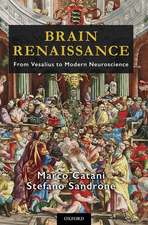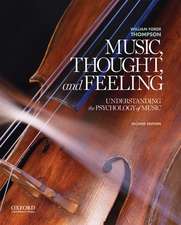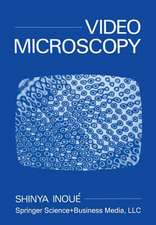Anatomy: An encyclopedic reference to the language of anatomy and neuroanatomy. It provides the fascinating origin of terms and biographies of anatomists/physicians who originated them
Autor Ronald a. Bergman Cu Adel K. Afifien Limba Engleză Hardback
Preț: 274.33 lei
Preț vechi: 288.77 lei
-5% Nou
52.49€ • 54.81$ • 43.44£
Carte disponibilă
Livrare economică 15-29 martie
Specificații
ISBN-10: 147875821X
Pagini: 554
Dimensiuni: 156 x 234 x 30 mm
Greutate: 0.95 kg
Descriere
This is not just another anatomy book. It is unique in design, purpose and scope. It defines the words of anatomy including their origin, by whom and from where. The use of these words by anatomists and their discoveries are given in the first part of the book. These are a very diverse group of individuals and they are described in detail in the second part of the book, the Gallery of Biographies, which includes tales of their lives and careers. One was a member of the House of Lords of Britain, another became a Roman Catholic Bishop. The first "clinical trial" was conducted by another anatomist to demonstrate the use of the condom in the prevention of social diseases. The third section of the book is concerned with the nervous system including the definition and origin of named structures in the central and peripheral nervous systems. In addition, diseases of the nervous system are discussed completely and in detail. The effect is an enhancement of the learning process in neuroanatomy fraught with seemingly endless disconnected words. The sources of these words are included in the text and references. The content of the book was conceived by two emeritus professors, Drs. Ronald A. Bergman and Adel K. Afifi, with a combined 100 years experience teaching gross anatomy and neuroanatomy, with the intention of facilitating the understanding of the "mysterious" terminology used in anatomy, biology and medicine and to be able to incorporate this understanding into their career choices. The authors believe that the book provides students with an easy entry to a vast amount of anatomical detail making the learning process as pleasant as possible. No one can remember the enormous number of anatomical terms and, as with all anatomy text books, the authors recommend that this "vade mecum" not be read like a novel, but rather used as one does with an encyclopedia. The user of this book does not need to know Greek and Latin to quickly learn this "new" language. Many word origins are rather simple in concept. One discovers that many terms came from "common use" in their time, e.g., there are three bones in each finger, the are termed "phalanges" because they reminded their discoverer of a "line of battle," esp. Macedonian infantry formations or "phalanxes." References and all sources that provide the book content invite those especially interested to peruse these outstanding resources for additional details.










